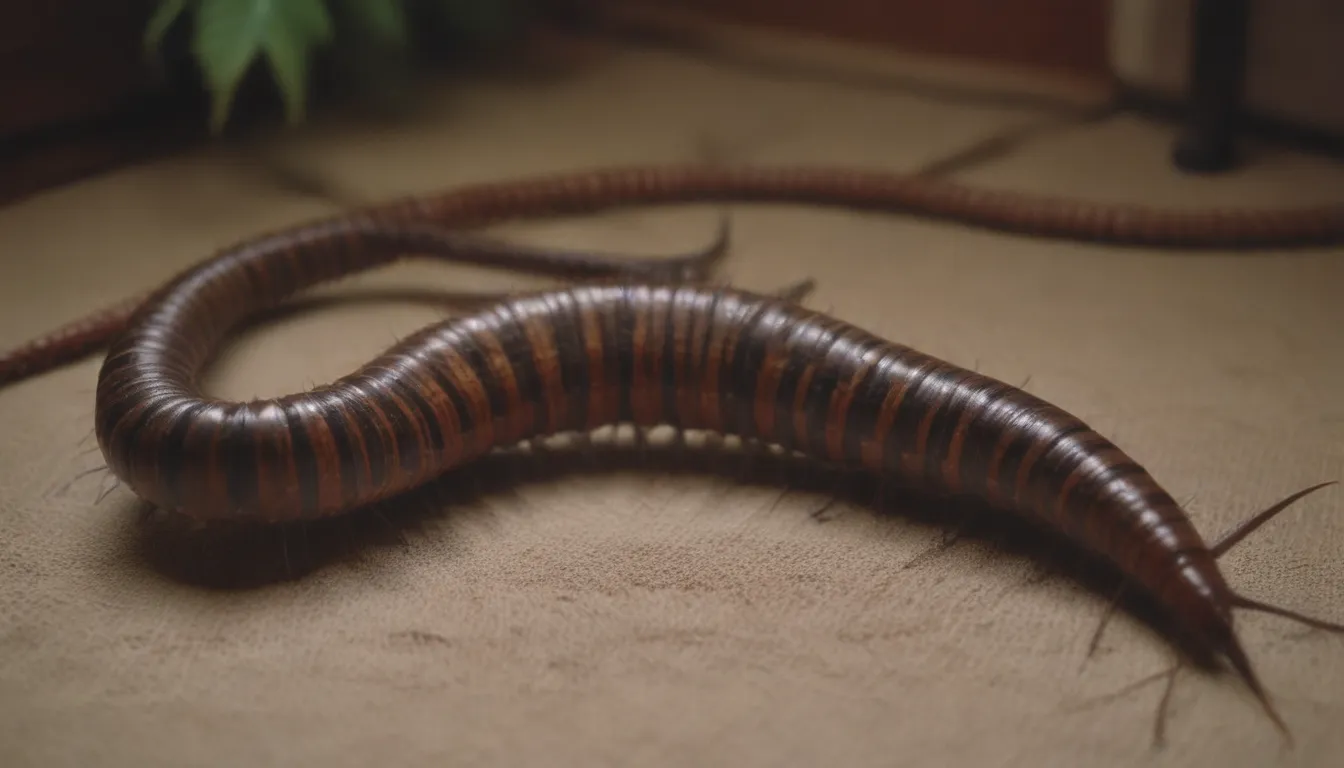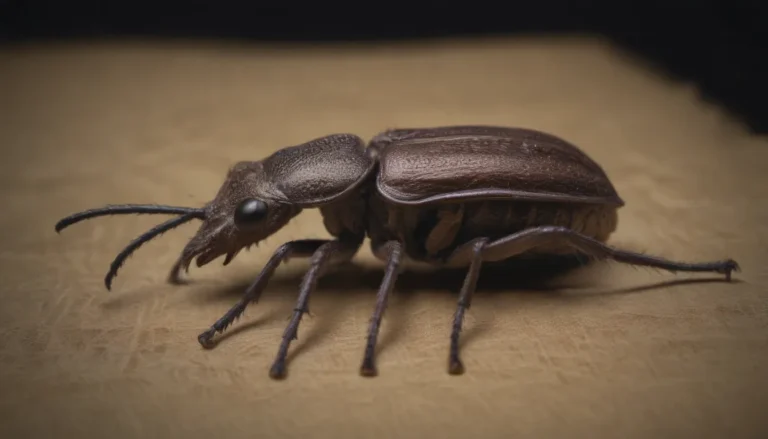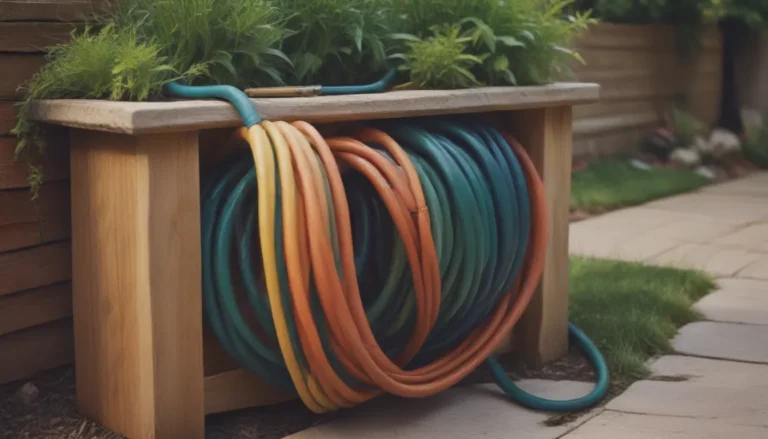Dealing with Millipedes and Centipedes in Your Home: A Comprehensive Guide

Millipedes and centipedes are creepy crawlies that often find their way indoors, causing panic and disgust for many homeowners. While these arthropods may seem intimidating, they are harmless creatures that play an essential role in the ecosystem. In this guide, we will explore the best ways to handle millipedes and centipedes in your home, from prevention to removal techniques.
Understanding Millipedes and Centipedes
Before we delve into the methods to get rid of these creatures, let’s take a closer look at what sets millipedes and centipedes apart:
- Millipedes: Millipedes are known for their numerous legs, with each body segment bearing two pairs of legs. They primarily feed on decaying plant material and are beneficial for breaking down organic matter in the environment.
- Centipedes: On the other hand, centipedes have fewer legs per body segment compared to millipedes. They are carnivorous creatures that prey on small insects, making them valuable pest controllers in the garden.
Both millipedes and centipedes prefer moist environments and are often found in damp areas such as under decaying logs or in leaf litter. While they may occasionally wander indoors, they do not pose a threat to humans or property. However, their presence can be unsettling, prompting the need for effective removal strategies.
5 Ways to Get Rid of Millipedes and Centipedes
1. Natural Removal Methods
- Move Them Outdoors: If you’re comfortable handling the creatures, gently scoop them up and release them outdoors in a wooded area where they can thrive.
- Kill Them Manually: If you’d rather not handle the bugs, you can vacuum or sweep them up. Since millipedes and centipedes do not nest indoors, this method is effective for eliminating them.
2. Prevention Techniques
- Seal Entry Points: Prevent these creatures from entering your home by sealing all cracks, gaps, and holes in your foundation. This also helps in keeping other pests at bay.
- Maintain Dry Conditions: Millipedes and centipedes thrive in moist environments, so keeping your home dry and well-ventilated can deter them from taking shelter indoors.
3. Use of Pesticides
- Limited Use: For severe infestations, you can consider using pesticides around the foundation of your home. However, this should be a last resort, as indoor pesticide use is not recommended for minor cases.
Identifying Potential Causes
Millipedes and centipedes are drawn towards indoor spaces when outdoor conditions become hot and dry. They often enter through cracks in foundations or around windows in search of moisture. By understanding the reasons behind their intrusion, you can take proactive measures to prevent future infestations.
Additional Tips for Prevention
- Outdoor Maintenance: Keep your outdoor areas free of leaf litter and debris to reduce the population of millipedes and centipedes in your vicinity.
- Dehumidify Indoors: Use a dehumidifier to maintain dry air indoors, making it less hospitable for these creatures to thrive.
- Proper Storage: Store cardboard boxes and organic materials away from concrete floors to eliminate potential hiding spots for millipedes and centipedes.
The Eco-Friendly Side of Millipedes and Centipedes
While these creatures may evoke fear in many people, it’s essential to acknowledge their ecological benefits. Millipedes aid in the decomposition of plant matter, while centipedes contribute to controlling harmful insects in the environment. When found outdoors, they play a crucial role in maintaining a healthy ecosystem.
In conclusion, while it’s natural to want to eradicate millipedes and centipedes from your home, it’s vital to approach their removal with an understanding of their ecological significance. By implementing preventive measures and utilizing effective removal strategies, you can ensure a pest-free environment while respecting the role of these fascinating creatures in nature. Remember, coexisting with nature’s inhabitants is key to fostering a balanced ecosystem.
For more information on managing pests around your home, refer to resources from the University of Tennessee Institute of Agriculture. If you encounter a millipede or centipede bite, seek medical attention promptly to address any potential reactions.
By following these guidelines, you can create a harmonious living space that promotes the well-being of both humans and the diverse range of creatures that share our world. Let’s strive for a sustainable and peaceful cohabitation with nature’s wonders, one millipede and centipede at a time.





